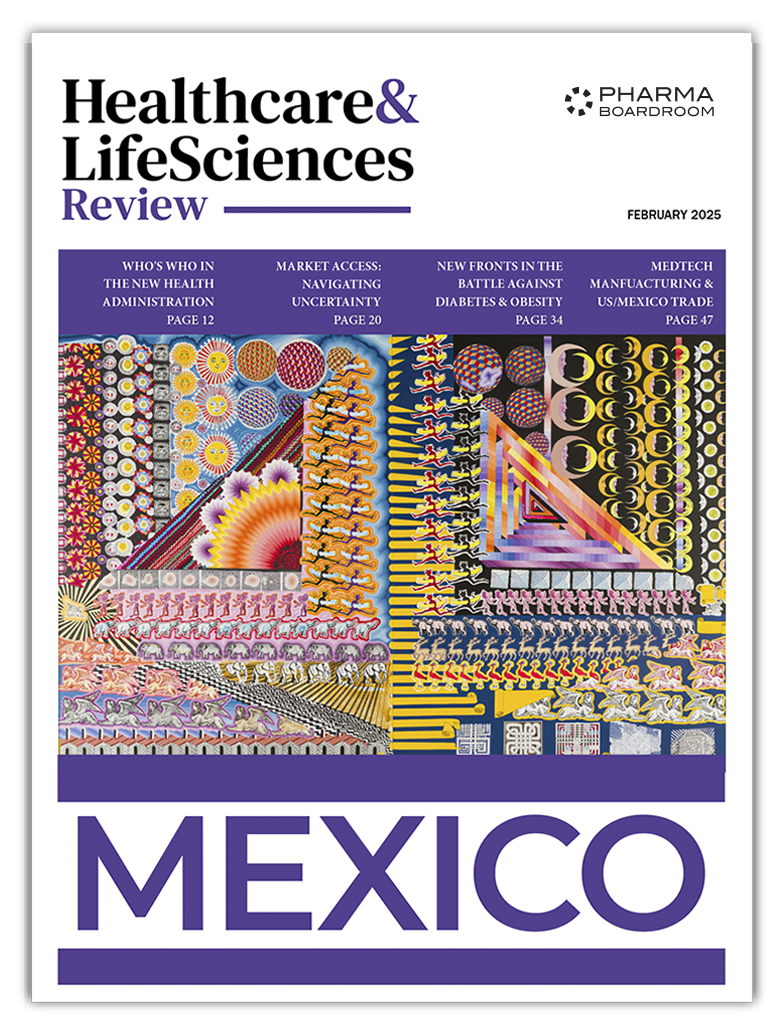Diabetes is a growing health concern in China and – given the country’s population size – a major contributor to global diabetes levels. Indeed, a recent study in The Lancet estimates that China accounts for almost 18 percent (148 million) of the world’s 828 million diabetics, while World Bank data suggests that diabetes prevalence among adults in China increased from 8.8 percent in 2011 to 10.6 percent in 2021. Notably, about 51.7 percent of these cases are undiagnosed, indicating a substantial gap in awareness and treatment.
In recent years, blockbuster GLP-1 receptor agonist drugs such as those marketed by Novo Nordisk and Eli Lilly have garnered plenty of headlines (and profits) for their ability to help with diabetes control and weight loss. These products – many of which have secured regulatory approval in China – mimic a natural hormone to lower blood sugar, slow digestion, and reduce appetite but experts warn that they are not a panacea for dealing with the global diabetes and obesity crisis.
“Globally, there is a perception that GLP-1 receptor agonists are the ultimate solution, but they are not,” says Dr Juliana Chan, an endocrinologist working out of the Chinese University of Hong Kong. “These drugs are incredibly expensive and even US patients are struggling to afford them. While they do represent a breakthrough, they must be part of a multi-component strategy. Diabetes management involves behaviour, cognition, and emotion, requiring a care team working together with the patient at the centre, supported by medications and personalized information.”
There are also promising alternative approaches within diabetes management that the rush to GLP-1 receptor agonists risks overshadowing. Local diabetes-focused biotech Hua Medicine, for example, has chosen to eschew what Founder, Executive Director & CEO Li Chen calls “the conventional route of developing GLP-1 receptor agonists.” He explains, “instead, we’ve developed dorzagliatin, which addresses the dysfunction of GLP-1 secretion in obese diabetes patients. By utilizing fixed biosensors within the body, we aim to restore homeostasis. Our research has advanced to the point where we’re not just regulating insulin but also GLP-1.”
Having secured regulatory approval in China and a place on the national reimbursement drug list (NRDL) for dorzagliatin in 2022, Li has big plans for its potential worldwide impact as a “globally first-in-class product,” with plans to enter ten additional international markets in the coming six years.
With applications in everything from preventing memory loss to addressing blood glucose fluctuation in late-stage kidney patients, Li is also keen to develop second-generation treatments, fixed-dose combinations with existing therapies, and explore new indications for dorzagliatin. Maintaining a laser focus on this niche, Li concludes that “true biotech isn’t about managing portfolios like big pharma does. It’s about addressing unmet medical needs where there’s a clinical void that larger pharmaceutical companies haven’t tapped into or failed to address. For this reason, we’ve stayed committed to diabetes, refining our approach to homeostasis control modulation.”


